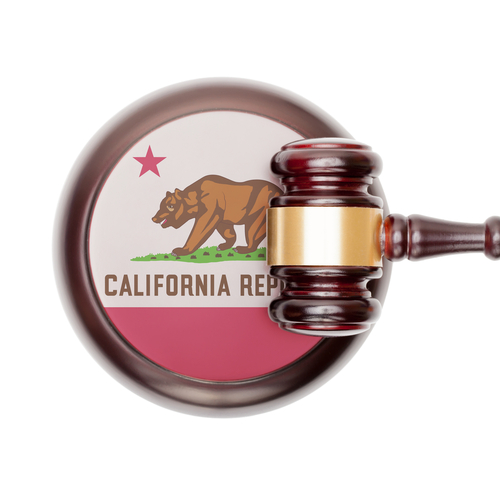TTAB Rains on ‘Purple Rain’ Energy Drink Trademark Application | Akerman LLP – Marks, Works & Secrets
On August 23, 2022, the Trademark Trial and Appeal Board (“TTAB”) rejected on summary judgment JHO Intellectual Property Holdings’ (“Applicant”) application to register the mark “PURPLE RAIN” for a variety of nutritional supplements, dietary drinks, and energy bars (collectively, “Applicant’s Goods”). The TTAB found that the proposed mark falsely suggested a connection with the famous musician Prince.
The motion for summary judgment was filed by Paisley Park Enterprises, a company owned by Prince’s estate, and NPG Records, LLP, which claimed to have trademark rights in the term PURPLE RAIN (collectively, “Opposers”). The Opposers provided considerable evidence that PURPLE RAIN is the title of Prince’s iconic album (shown below) and a motion picture, scored by and starring Prince. The evidence also demonstrated the use of PURPLE RAIN for Prince’s concert tour promoting his album and for merchandising efforts dovetailing the song and movie and the connection to Prince. The Opposers further offered survey results showing that a significant percentage of the general public over 18 (66.3%) recognized PURPLE RAIN as a reference to Prince.
In opposition to these arguments, the Applicant argued, without evidentiary support, that the survey did not ask younger respondents, i.e., the relevant consuming population of the Applicant’s Goods, about their association of PURPLE RAIN with supplements or energy drinks. The TTAB rejected that argument because the mark application did not limit the “classes of purchasers in the respective identifications.”
The TTAB relied on Section 2(a) of the Trademark Act, 15 U.S.C. § 1052(a), which, in relevant parts, prohibits registration of “matter which may . . . falsely suggest a connection with persons, living or dead, institutions, beliefs or national symbols . . . .” To prevail, Opposers had to establish there was no genuine dispute that:
(1) Applicant’s mark PURPLE RAIN is the same or a close approximation of Prince’s name or identity;
(2) The mark would be recognized as such, in that it points uniquely and unmistakably to Prince;
(3) Opposers are not connected with the goods sold by Applicant or Applicant’s other activities under the PURPLE RAIN mark; and
(4) PURPLE RAIN is of sufficient fame or reputation that, when Applicant’s mark is used in connection with its goods, a connection with Prince would be presumed.
Regarding the first factor, the TTAB held that the evidence of uses of the phrase PURPLE RAIN by Prince (including in connection with his musical career, an album, a movie, and sales of associated merchandise using the term) and a survey showing that the public commonly associates the term PURPLE RAIN with Prince demonstrated without genuine dispute that PURPLE RAIN is widely recognized as synonymous with Prince.
Regarding the second factor, the TTAB found that PURPLE RAIN points uniquely and unmistakably to Prince. The TTAB reasoned that there is “plentiful evidence of the notoriety of Prince’s PURPLE RAIN song and PURPLE RAIN movie.” The TTAB further explained that the survey results showed that a significant percentage of the general public (66.3%) recognizes PURPLE RAIN as a reference to Prince.
Regarding the third factor, the TTAB found that the evidence was uncontroverted that Prince is not connected with Applicant’s Goods provided under the PURPLE RAIN mark.
Regarding the fourth factor, the TTAB reasoned that based on the unrebutted evidence of Prince’s fame among the general consuming public and his unique association with the words PURPLE RAIN, there is no genuine dispute of material fact that consumers encountering the mark PURPLE RAIN will presume a connection between PURPLE RAIN and Prince.
In sum, the TTAB found that the proposed mark “PURPLE RAIN” falsely suggested a connection with Prince under Trademark Act Section 2(a).
This precedential TTAB decision shows that the TTAB will give short shrift to applications to register copycat marks even on wildly different goods from the original use and even when the original user of the mark is deceased.






